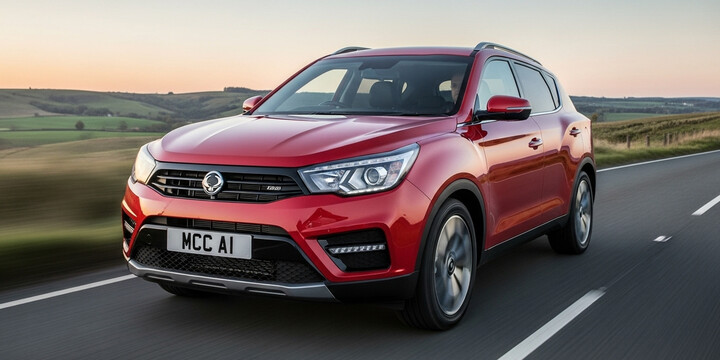
SSANGYONG TIVOLI (2020-)
The SSANGYONG TIVOLI (2020-) is a compact SUV that offers a practical and stylish choice for drivers seeking a versatile vehicle in the UK market. Designed with urban driving and outdoor adventures in mind, the TIVOLI is well-suited for small families, commuters, or first-time car buyers who want a reliable, easy-to-manoeuvre vehicle that stands out with its modern design. Typically used for daily commuting, school runs, and weekend getaways, the TIVOLI combines a friendly driving experience with a comfortable interior.
What makes the SSANGYONG TIVOLI (2020-) notable is its reputation for affordability and value, with average private sale prices around £12,939 and a modest annual mileage of 1,403 miles—indicating its use as a dependable, low-mileage car for everyday life. Compared to rivals in the compact SUV segment, the TIVOLI is praised for its practicality and unique styling touches. Its popularity among used car buyers is supported by its solid reliability and budget-friendly features, making it a strong contender for those looking for a capable, user-friendly vehicle that’s perfect for city driving and family outings.

average use
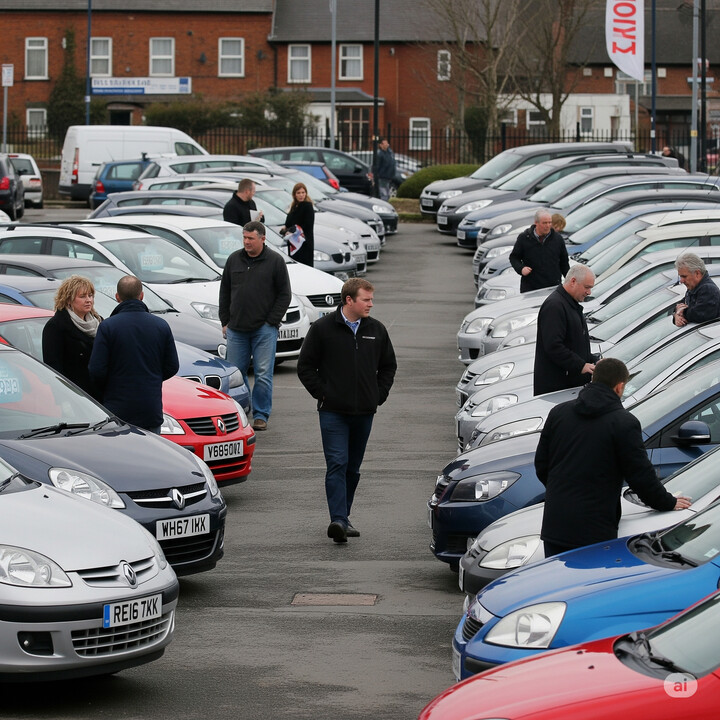
The data indicates that the vast majority of SSANGYONG TIVOLI (2020-) vehicles have their most recent recorded mileage below 10,000 miles, accounting for 91.7%. Only a small proportion, 8.3%, have recorded mileages between 10,000 and 20,000 miles. This suggests that most vehicles in this model are relatively low-mileage, which could be an indicator of their condition, usage patterns, or age.

vehicle values
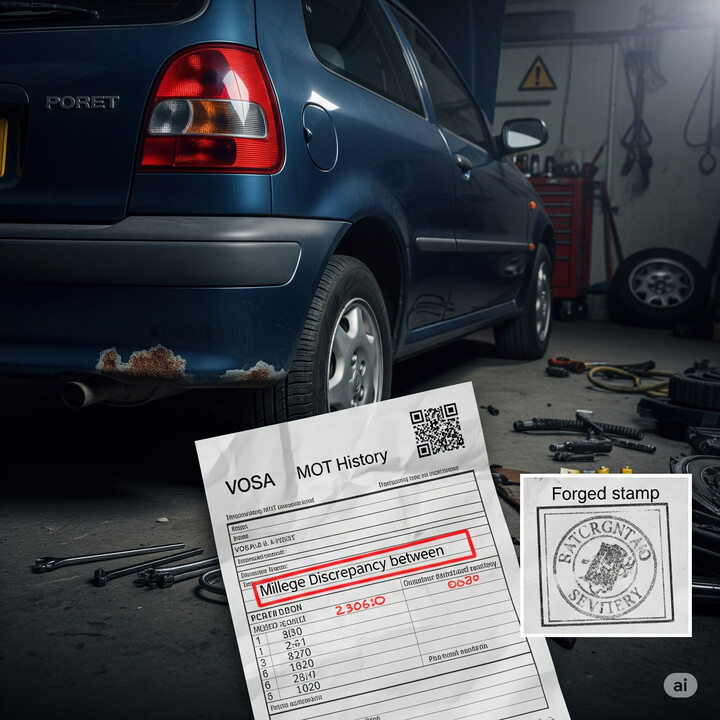
The private sale valuation data for the 2020+ SsangYong Tivoli shows a fairly even distribution across several price ranges. Notably, the highest percentages of valuations fall within the £10,000–£11,000 and £17,000–£18,000 brackets, each comprising 25% of the sample. Smaller proportions are found in the £14,000–£15,000 and £9,000–£10,000 ranges, each around 16.7%, and a minimal 8.3% at both the lower end (£13,000–£14,000) and higher end (£19,000–£20,000). This suggests a relatively concentrated market segment around £10,000 and £17,000-plus, with fewer vehicles valued in the mid-price ranges, indicating possible buyer preferences or market dynamics for this model.

production years
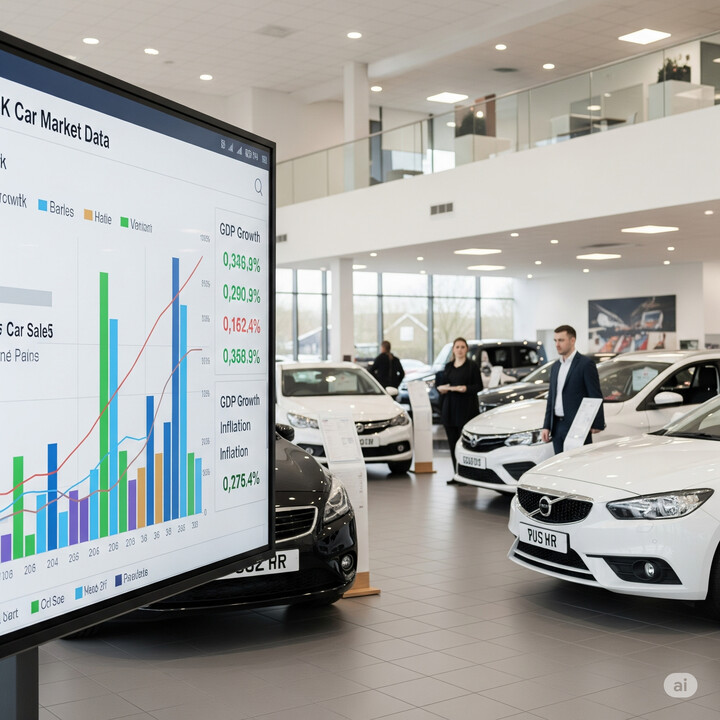
The data indicates that the majority of SsangYong Tivoli vehicles from 2020 onward are relatively new, with 58.3% manufactured in 2021. A notable portion, 16.7%, were produced in both 2020 and 2023, suggesting a spread of vehicles across recent years. The distribution highlights a significant concentration of vehicles from 2021, with smaller proportions from 2022 and 2023, reflecting a recent update cycle and steady supply of newer models.

colour popularity
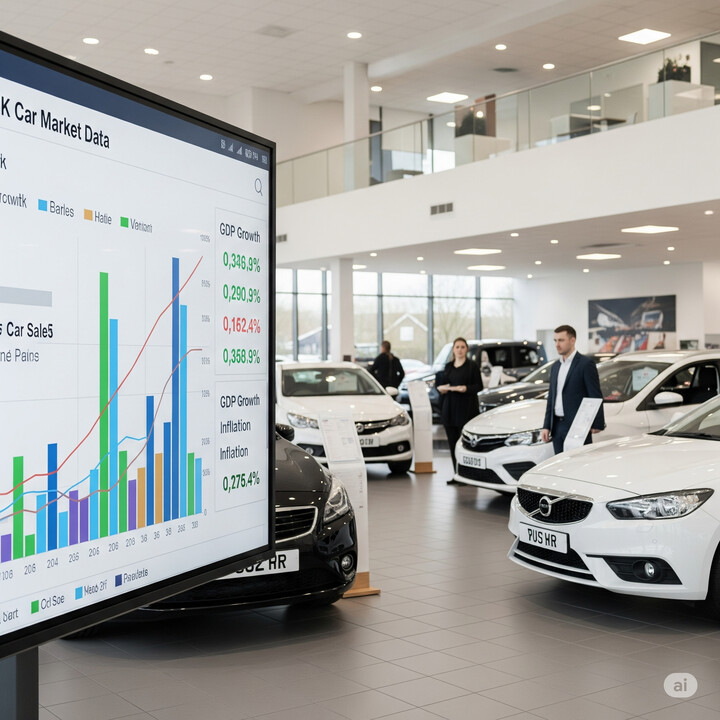
The data indicates that the most common main paint colour for the 2020+ SsangYong Tivoli is White, accounting for 41.7% of vehicles. Grey is also quite popular, representing 25% of the sample. Notably, vibrant colours like Red (8.3%) are less common, while Blue (16.7%) and Silver (8.3%) have moderate representations. Overall, the trend suggests a preference for classic, neutral colours among Tivoli owners, with White being the dominant choice.

ownership cycle
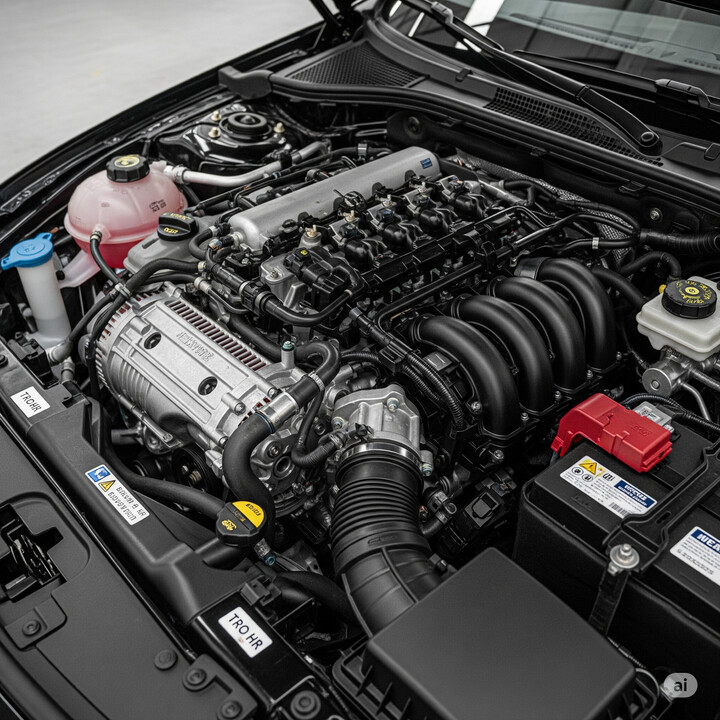
The data indicates that the majority of SSANGYONG TIVOLI (2020-) vehicles have only one registered keeper, accounting for 75%. A smaller proportion, 16.7%, have two registered keepers, while a minority of 8.3% have three registered keepers. This suggests that most owners tend to retain their vehicle through a single ownership period, which could imply owner satisfaction or stability in vehicle usage.

engine choices

The data for the 2020+ SsangYong Tivoli indicates a diverse engine capacity distribution, with the 1.597 cc and 1.197 cc engines each representing 41.7% of vehicles, while the 1.497 cc engine accounts for 16.7%. In terms of fuel type, a majority of these vehicles are petrol-powered (58.3%), with diesel models making up 41.7%. This suggests that petrol engines are slightly more prevalent in this model lineup, and there is a fairly balanced spread among the different engine capacities, reflecting a variety of options available to consumers.












